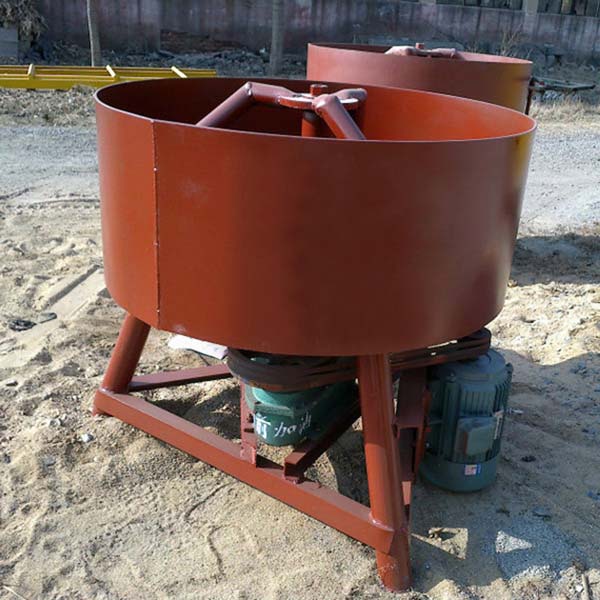Position: Home » Product Wiki » How To Choose The Size Of Cement Mixer?
How To Choose The Size Of Cement Mixer?
cement mixer dimensions
The overall dimensions of the cement mixer are an important indicator in the field of its ability to move from the storage location to the object and back, mobility, expressed in the ability to quickly move within the site and around the perimeter of concrete work.
The dimensions of the installation must be guided by when choosing a place for its storage. Very often, a significant plus is the availability of the technical ability to quickly disassemble into component parts and assemblies. In this case, the possibilities of transportation and storage are significantly increased.
A good solution for large-sized cement mixers is to equip it with a chassis and a towing device, using which you can carry out any movement using a car.
Total and useful volume of the mixer
The total volume of the mixer is the passport parameters calculated on the basis of the full geometric dimensions of the mixer chamber. Much more informative for the consumer is the useful volume indicator, which is calculated by the formula: total volume divided by three and multiplied by two + 7% of the product obtained. For example: Vtot. 200l. : 3 x 2 = 134l. + 7% = Vpol. 143hp
Thus, for one cycle of loading and mixing, a cement mixer with a total volume of 200 liters can produce no more than 145 liters of ready-mixed concrete. Exceeding this standard leads to splashing of the liquid part of the concrete mixture from the mixer, increased load on the bearing assembly, drive and motor, poor-quality mixing of the mass of concrete, especially when preparing heavy concrete on granite crushed stone of coarse fraction.
As a rule, a cement mixer with a nominal volume of 500 liters and above is a stationary and heavy construction with a solid reserve of rigidity
One more nuance. No matter how good a cement mixer is, there is a performance indicator that depends on a lot of factors.
So, if you are planning quick-flowing concrete work with a total volume of 10 cubic meters of ready-mixed concrete, the volume of equipment purchased for its preparation should be about 300 liters, based on the passport data for the total, not the useful volume, which will be one third less.
The overall dimensions of the cement mixer are an important indicator in the field of its ability to move from the storage location to the object and back, mobility, expressed in the ability to quickly move within the site and around the perimeter of concrete work.
The dimensions of the installation must be guided by when choosing a place for its storage. Very often, a significant plus is the availability of the technical ability to quickly disassemble into component parts and assemblies. In this case, the possibilities of transportation and storage are significantly increased.
A good solution for large-sized cement mixers is to equip it with a chassis and a towing device, using which you can carry out any movement using a car.
Total and useful volume of the mixer
The total volume of the mixer is the passport parameters calculated on the basis of the full geometric dimensions of the mixer chamber. Much more informative for the consumer is the useful volume indicator, which is calculated by the formula: total volume divided by three and multiplied by two + 7% of the product obtained. For example: Vtot. 200l. : 3 x 2 = 134l. + 7% = Vpol. 143hp
Thus, for one cycle of loading and mixing, a cement mixer with a total volume of 200 liters can produce no more than 145 liters of ready-mixed concrete. Exceeding this standard leads to splashing of the liquid part of the concrete mixture from the mixer, increased load on the bearing assembly, drive and motor, poor-quality mixing of the mass of concrete, especially when preparing heavy concrete on granite crushed stone of coarse fraction.
As a rule, a cement mixer with a nominal volume of 500 liters and above is a stationary and heavy construction with a solid reserve of rigidity
One more nuance. No matter how good a cement mixer is, there is a performance indicator that depends on a lot of factors.
So, if you are planning quick-flowing concrete work with a total volume of 10 cubic meters of ready-mixed concrete, the volume of equipment purchased for its preparation should be about 300 liters, based on the passport data for the total, not the useful volume, which will be one third less.
Thus, on average, using a concrete mixer with such parameters, during a work shift you will be able to lay 2.5 cubic meters of concrete with all the necessary accompanying operations and complete the concrete work in 4 days. It is clear that these figures are valid for typical average conditions and can fluctuate very often downward.
